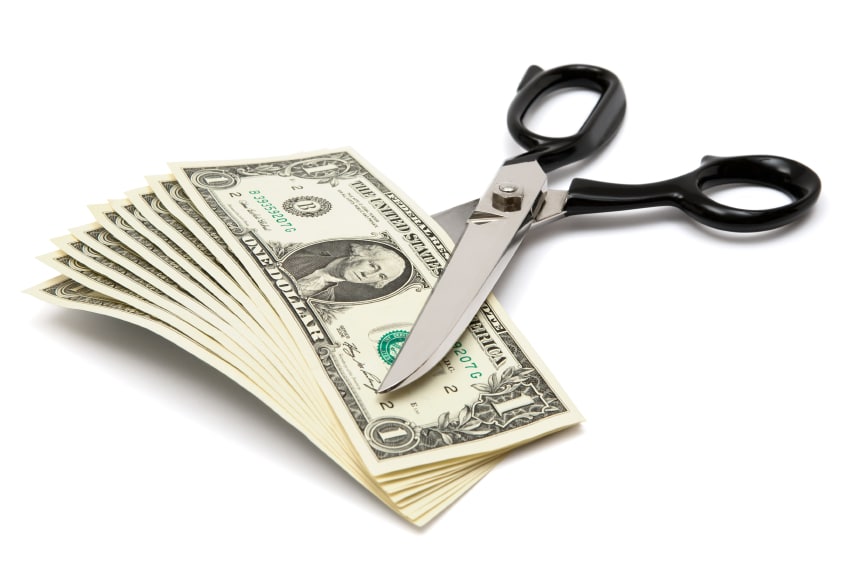Dollar-Cost Averaging
I was recently reading some article on a very popular finance site whereby the person was talking about the stock market and today’s 376pt crash.
They were saying how it is not good for buy-and-hold investors, but it is good if you are using a dollar-cost-averaging strategy.
The funny thing is this term is totally misunderstood in context, history and is really used by rookies. You will never see a hedge-fund manager using this term, nor some ultra-high level investor.
When have you ever heard Warren Buffet, George Soros, Mark Faber or any other high roller using this term?
Never.
You know why? Cause its a joke.
The History of Dollar Cost Averaging
The term was first used in Chinese chop shops whereby they tried to goat people on to trading more when the prices were falling heavily. They would use the term ‘dollar-cost average’ trying to get you to buy again even though the price got hammered.
Why would they do that?
Because chop shops like theirs got paid in two ways;
1) by customers trading
2) by taking the other side of the trade
When the market crashes like they did today, people are totally afraid to buy and rightfully so. However, to keep the market busy, supported artificially with the dumb money, and make more money off of trading, people use the term ‘dollar-cost-average‘ like its some brilliant investment idea.  Think of how well a dollar cost averaging strategy worked on Bear Stearns, Lehman Bros. or a host of other companies that failed in 2008 or the dot.com bust.
Think of how well a dollar cost averaging strategy worked on Bear Stearns, Lehman Bros. or a host of other companies that failed in 2008 or the dot.com bust.
It is the most rookie, insane and ridiculous idea that after something fell huge, we should buy it again. Why? Because it is cheaper? After a huge day of selling, unless it is sitting at some major support, who will want to buy it?
Dollar Cost Averaging is usually used by salespeople who usually work for a company like Prudential or Vanguard or whomever the company is, whereby, the person who is pushing it is usually selling a prescribed set of products which of course, they benefit from you investing in.
These are not traders in the market who live or die by them. They get a salary and a commission for how many of these products they sell you. Yeah, a dollar-cost-averaging strategy worked for Bank of America (BAC) when it dropped from the mid $40’s to about $4. Oh yeah, it worked again with Citigroup (C) which fell from the mid $20’s to about $3. Great strategy!
Bottom line is whenever you hear the term used by anyone, you know immediately they are just using it without any real understanding of the word, its history or significance. You know immediately they are a rookie and really do not have any clue as to what’s going on in the market.
Maybe this has little use for Forex traders, but you likely are going to run into this word or some investment ‘professional’ who uses this so understanding what it really means and where it comes from will help you in the future steer clear of that person.
In fact, any student of price action witnessing a market where people are saying, ‘dollar-cost-averaging’ would be selling the market and making money why others are buying it and getting killed the next day.
If you liked this forex dollar cost averaging article, make sure to comment below. For another great article on money and trading, make sure to check out Money Management and the Risk of Ruin
